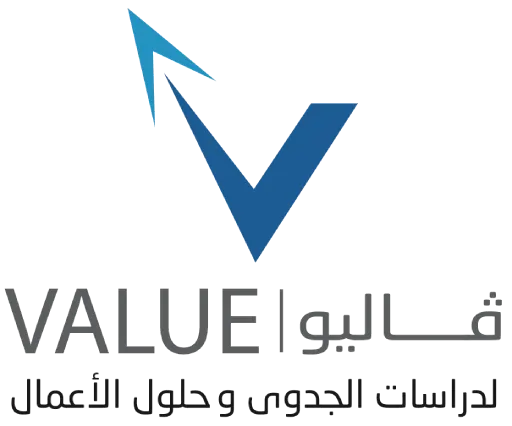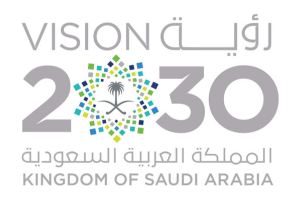green Economy and Sustainable Energy Future
table of contents:
introduction
the concept of a green economy
the role of sustainable energy in the green economy
challenges facing the green economy and sustainable energy
the future of green economy and sustainable energy
linking Green Economy and Sustainable Development
introduction:
in light of the environmental and economic challenges facing the world today, the shift towards a green economy and sustainable energy has become a necessity to ensure a better future for future generations. a green economy seeks to balance economic growth with environmental protection through the use of innovative technologies that minimise the consumption of natural resources and reduce pollution. at the same time, sustainable energy plays a pivotal role in this transformation, providing clean and renewable energy sources that contribute to reducing carbon emissions and mitigating the effects of climate change. linking these two concepts is an essential step towards building strong and sustainable economies that are aligned with the needs of humanity in an era of significant environmental change.
1. the concept of green economy
a) Definition of Green Economy
– Green economy aims to achieve sustainable development by minimising negative environmental impacts, such as reducing carbon emissions and conserving natural resources.
– Example: relying on renewable energy, such as solar and wind energy, instead of fossil fuels.
b) key sectors in the green economy
– These include renewable energy, sustainable agriculture, green transport, sustainable construction, and recycling.
– Example: using farming techniques that conserve soil and water, such as organic farming.
2. the role of sustainable energy in the green economy
a) Transition to renewable energy
– Switching from traditional energy sources (such as coal and oil) to renewable energy (such as sun and wind) is one of the main pillars of the green economy.
– Example: large solar energy projects in desert areas, such as the Noor project in Morocco.
b) minimising carbon emissions
– Sustainable energy aims to minimise greenhouse gas emissions, which is vital for combating climate change.
– Example: using solar-powered electric cars instead of fossil-fuelled cars.
3. innovation and technology in sustainable energy
a) Renewable Energy Technologies
– The development of new technologies such as more efficient solar panels, offshore wind power, and green hydrogen provides innovative solutions to promote the use of clean energy.
– Example: portable solar panel technology that allows individuals in remote areas to access renewable energy.
b) artificial Intelligence in energy management
– AI can be used to improve energy efficiency by optimising energy distribution and regulating energy consumption.
– Example: using AI in smart energy grids to intelligently adjust supplies and store energy.
4. challenges facing the green economy and sustainable energy
a) Economic Challenges
– Transitions to sustainable energy require huge investments in infrastructure and technology, which may be difficult in some developing countries.
– Example: the cost of building solar power plants or windmills may be initially high compared to conventional energy sources.
b) political and regulatory challenges
– There may be political resistance from countries and companies that rely on fossil fuel-based industries, hindering the adoption of sustainable environmental policies.
– Example: big Oil’s resistance to enforcing laws to reduce carbon emissions.
c) technological challenges
– Technological development in the fields of sustainable energy may face challenges related to efficiency and cost, as some technologies may not be available or efficient enough to fully meet the needs of the market.
– Example: renewable energy storage technologies such as batteries are still struggling to reach a suitable efficiency and cost that makes them widely applicable.
5. the future of the green economy and sustainable energy
a) The global transition towards clean energy
– The world is witnessing a shift towards renewable energy as a result of global pressure to combat climate change and mitigate environmental damage.
– Example: the Paris Climate Agreement, which aims to reduce greenhouse gas emissions and incentivise the use of clean energy.
b) invest in research and development
– Investing in research and development (R&D) in renewable energy and clean technologies enhances the ability to accelerate the transition to a green economy.
– Example: developing energy storage technologies using advanced batteries can make a big difference in the efficiency of renewable energy.
c) encouraging sustainable industrial transformation
– The future also includes the transformation of traditional industries to more sustainable practices, with a focus on reducing emissions and improving resource efficiency.
– Example: automotive factories switching to the production of electric vehicles and using low-emission manufacturing techniques to minimise environmental impact.
d) international cooperation in the field of sustainable energy
– Cooperation between countries and civil society organisations is one of the key factors in accelerating the transition of the global economy to sustainable energy.
– Example: china’s Belt and Road Initiative, which supports renewable energy projects in third world countries to stimulate sustainable growth.
6. linking Green Economy and Sustainable Development
a) The role of green economy in poverty reduction
– A green economy can help create sustainable employment opportunities, especially in environmental sectors such as renewable energy and sustainable agriculture.
– Example: solar energy projects that provide electricity to rural areas and create local jobs.
b) balancing economic development and environmental protection
– The green economy seeks to find solutions that integrate economic growth with environmental protection, ensuring the survival of natural resources for future generations.
– Example: sustainable construction projects that minimise energy consumption and reduce pollution at the same time.
c) promoting biodiversity through the green economy
– The green economy contributes to the preservation of biodiversity by encouraging sustainable farming practices and protecting natural habitats.
– Example: reforestation programmes that help restore forests and provide new habitats for living organisms, contributing to the preservation of biodiversity.
d) improving resource efficiency
– The green economy seeks to improve the use of natural resources more efficiently through techniques such as recycling and waste minimisation.
– Example: applying smart water technologies in agriculture to reduce water consumption and maximise the use of available water resources.
valeo’s role in promoting a green economy and sustainable energy is fundamental. by providing accurate feasibility studies and comprehensive market analysis, Valeo helps identify the most effective investment opportunities in renewable energy, such as solar and wind, and steers projects towards environmentally sustainable solutions. valeo also plays plays a pivotal role in assessing potential risks and returns, helping to ensure the success of business investments in the green economy and the achievement of sustainable development goals.
in conclusion, green economy and sustainable energy are the foundation on which our environmental and economic future is built. by focusing on technological innovation and balancing economic growth with environmental protection, we can achieve sustainable development that ensures the well-being of future generations. the role of Valeo Business Solutions is to provide specialised consultancy that helps companies make informed strategic decisions that support their sustainability and maximise their impact on the environment. investing in these areas is a step towards building a greener and more sustainable tomorrow, where economic progress goes hand in hand with the preservation of our planet. do not hesitate to contact us via WhatsApp or call us for more information and support on your future projects in the fields of green economy and sustainable energy.
read more: economic Challenges in Third World Countries.





